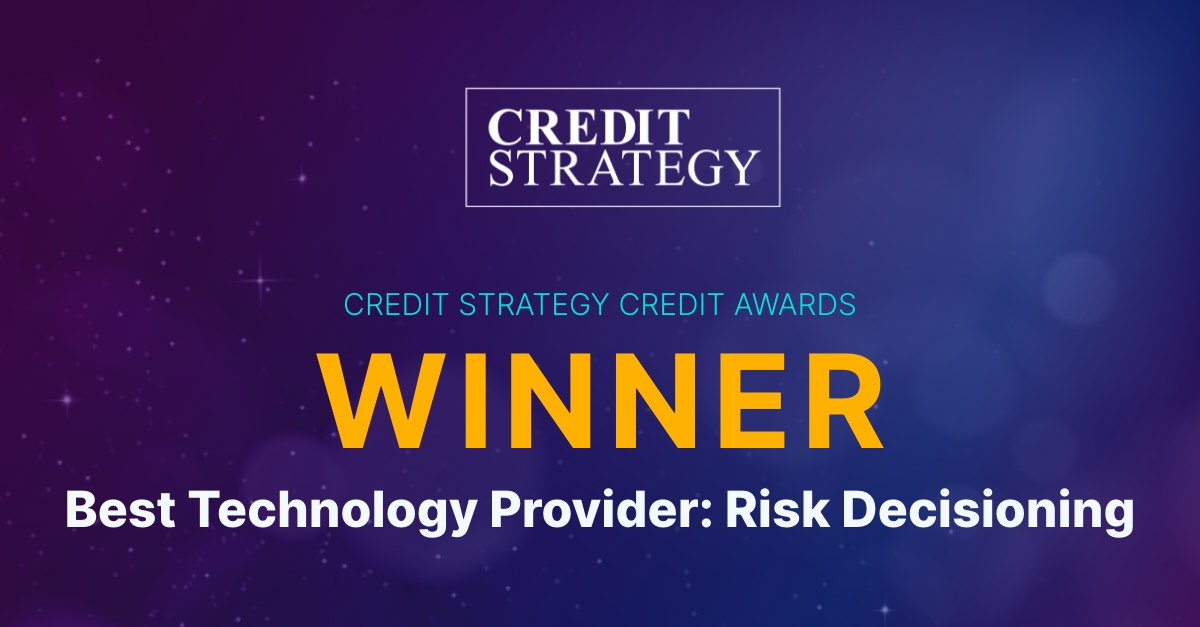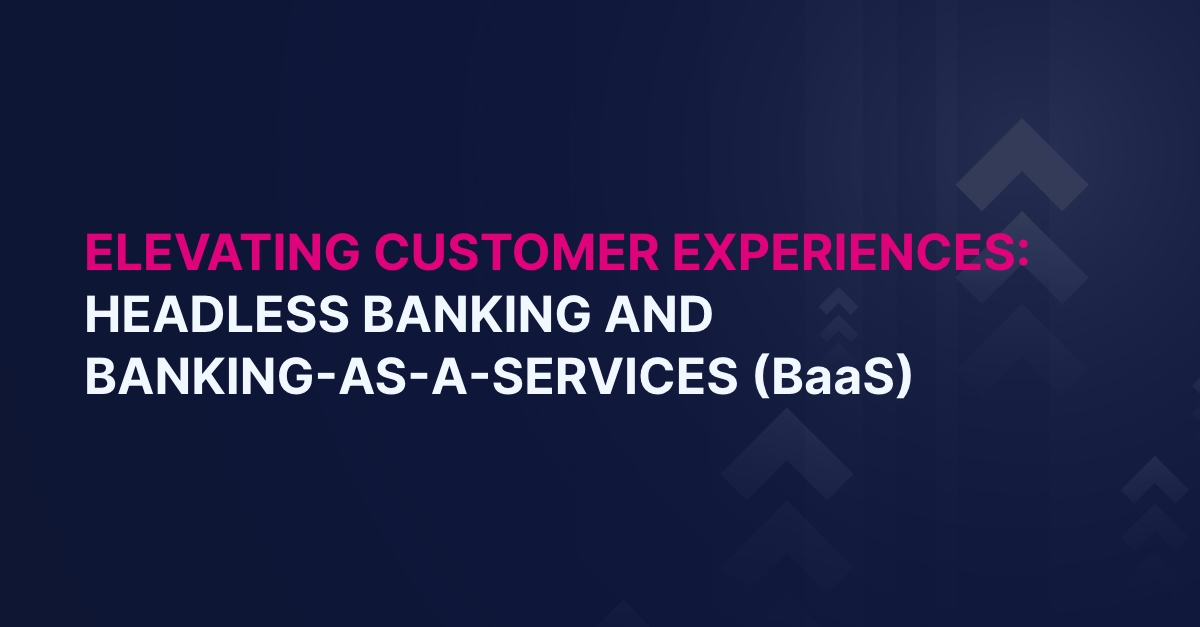Provenir Launches Onboarding Fraud Solution to Fight Back Against Fraudsters, Minimizing Losses While Safeguarding Customer Experience
NEWS
Provenir Launches Onboarding Fraud Solution to Fight Back Against Fraudsters, Minimizing Losses While Safeguarding Customer Experience
PARSIPPANY, N.J. — (BUSINESS WIRE) — As the financial services world becomes increasingly digitized and consumer demands evolve, fraudsters and their methods are becoming more sophisticated. Provenir, a global leader in AI-powered risk decisioning software, is helping organizations fight back by detecting these emerging threats via sophisticated decisioning tools and advanced analytics to increase fraud detection while minimizing friction in the customer journey.
Identity theft and synthetic identities continue to be major concerns and will account for roughly half of all financial services fraud cases by 2025. Also, in a global survey of financial services executives, 43 percent said identifying fraud is a top challenge, yet only 7 percent report their anti-fraud measures are completely effective. This emphasizes the need for powerful fraud solutions that offer flexibility, putting control in the business user’s hands.
Provenir is on a mission to help businesses navigate this increasingly complex landscape and has collaborated with best-of-breed third-party providers to bring a fraud onboarding solution to market. Provenir’s AI-Powered Decisioning Platform enables organizations to stay ahead of fraud threats, with readily available data sources that can be easily integrated into decisioning workflows, AI model creation and monitoring, to continuously optimize fraud risk models, with configurable rules to respond quickly when new threats arise.
Selecting, integrating and managing different third-party data sources for effective fraud screening is difficult. The Provenir platform integrates and manages multiple data sources or end point solutions within one platform for fraud decisioning. This extensibility and flexibility enables organizations to create custom strategies integrating the best performing third-party data as fraud risks and behaviors change and new vendors and offerings come to market.
The AI-powered risk decisioning platform connects fraud scores, identity checks and device validation, integrating multiple layers of fraud detection into decisioning workflows to mitigate threats at application screening, including synthetic fraud, impersonation and mule indicators. This also eliminates siloed environments between credit and fraud risk teams, to ensure holistic, end-to-end decisioning with a complete view of customers across the entire lifecycle.
“Fraud prevention is a crucial area of focus for today’s progressive financial institutions,” said Sophia Qureshi, Vice President of Product Management, Fraud Solutions, Provenir. “This requires an intelligent approach that reduces unnecessary (and unwelcome) friction to the customer journey. This underscores the value of having a single integrated, intelligent decisioning platform that can analyze and manage all fraud and credit risk across the customer lifecycle. This helps balance better, more accurate application fraud detection and prevention with reduced friction across the lifecycle while powering sustainable business growth.”
Provenir will host a webinar on June 27 on steps financial institutions can take to achieve accurate application fraud detection and prevention with reduced friction across the lifecycle. The webinar will outline how an integrated, intelligent decisioning platform can manage all risk and include a demonstration of Provenir’s fraud solution. To register for the webinar, please visit: https://provenir.zoom.us/webinar/register/1717187233802/WN_SZVzXT3mTnuxp-V9bsQtzw















